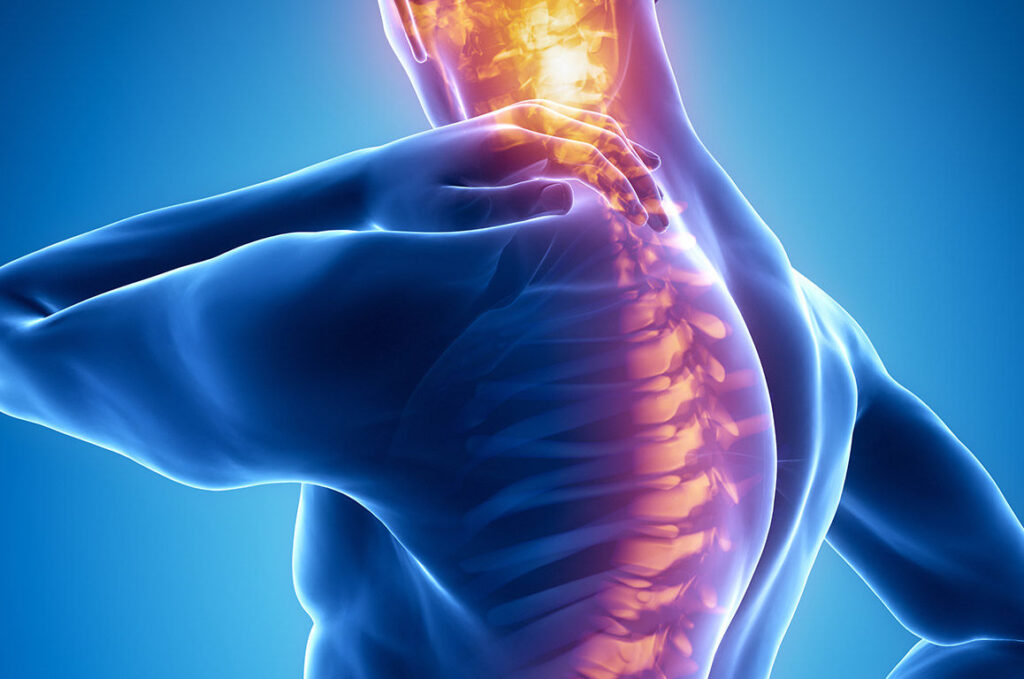Paralysis Physiotherapy
Physiotherapy treatment may include: Exercises to strengthen weak muscles in the arms legs and trunk. Muscle stretching to reduce pain and stiffness and to prevent soft tissue contractures. Gait retraining with the use of mobility aids such as crutches or walking frame if necessary.
Physiotherapy can greatly help a patient of paralysis by making him/her independent to the maximum extent. Physiotherapy also plays an important role in negating potential complications after a paralysis. Although the process of rehabilitation can take time, it produces significantly encouraging result for a patient to continue with it until full recovery.
The recovery depends on the type of paralysis a person has undergone. Notably, there are four types of paralysis:
Hemiplegia
Quadriplegia
Paraplegia
Monoplegia
Role of Physiotherapy
The process of physiotherapy should resume as soon as the patient is stabilized. It not only helps in relaxing muscles, but also helps in smooth blood circulation. Long-term therapy can ensure muscle tone and overall well-being of an individual.
In the case of an external injury related to the brain, physiotherapy can speed up the recovery and reduce swelling to a significant extent. Some of the benefits are-
Physiotherapy can help a person regain the highest possible mobility.
Physiotherapy can increase the respiratory function of a person.
It helps the person in bringing down blood pressure and contracture.
A physiotherapist also focuses on unaffected area and works on them to ensure that the unaffected part of the body, in no way, loses mobility and retains the natural strength.
Physiotherapy also helps to manage a paralyzed bladder.
A physiotherapist suggests proper wheelchair, splint, braces, orthosis etc. These help a person to reintegrate quickly after the paralysis.
Physiotherapy lifts the morale and motivation of a patient by addressing post-traumatic experiences such as denial, anger, hostility, depression and anxiety.
It also serves as a perfect guide for the family of the patient.
Exercises that a Physiotherapist Suggests
Aerobic Exercise: This is a set of physical exercises that lets the muscle tissues exchange oxygen at a rapid rate. The goal is to enhance the function of the motor neuron and the aerobic capacity of a patient. Support straps and gain belts might be required for a patient to stand on feet. A handrail helps to walk during this phase.
Physical Conditioning: Balance, stability, and coordination is the motive of any physical program for a paralyzed individual. Passive or active motion exercises help an individual to regain function of the limbs. Passive exercise also helps to regain strength. A physiotherapist rotates the thumb of a patient in such a way that the back of his hand faces forward.
Leg Rotations: One common exercise that is tried by a physiotherapist is to make the patient lie down on a mat with his/her legs straightened. Supporting the knee joint and the ankle, the right leg is moved outward and pulled backward. This is again repeated with the other leg. If you wish to discuss about any specific problem, you can consult a physiotherapist and ask a free question.

Lorem ipsum dolor sit amet, consectetur adipiscing elit. Phasellus ac aliquam velit. Phasellus dapibus cursus erat, quis consequat urna efficitur non. Phasellus cursus, erat quis mollis lobortis, urna risus hendrerit metus, id dictum metus purus vel magna. Nulla non purus sit amet arcu convallis egestas
Lorem ipsum dolor sit amet, consectetur adipiscing elit. Phasellus ac aliquam velit. Phasellus dapibus cursus erat, quis consequat urna efficitur non. Phasellus cursus, erat quis mollis lobortis, urna risus hendrerit metus, id dictum metus purus vel magna. Nulla non purus sit amet arcu convallis egestas
Lorem ipsum dolor sit amet, consectetur adipiscing elit. Phasellus ac aliquam velit. Phasellus dapibus cursus erat, quis consequat urna efficitur non. Phasellus cursus, erat quis mollis lobortis, urna risus hendrerit metus, id dictum metus purus vel magna. Nulla non purus sit amet arcu convallis egestas

COSMETIC SURGERY
Lorem ipsum dolor sit amet, consectetur adipiscing elit. Ut elit tellus, luctus nec ullamcorper mattis, pulvinar dapibus leo.

COSMETIC SURGERY
Lorem ipsum dolor sit amet, consectetur adipiscing elit. Ut elit tellus, luctus nec ullamcorper mattis, pulvinar dapibus leo.

COSMETIC SURGERY
Lorem ipsum dolor sit amet, consectetur adipiscing elit. Ut elit tellus, luctus nec ullamcorper mattis, pulvinar dapibus leo.
